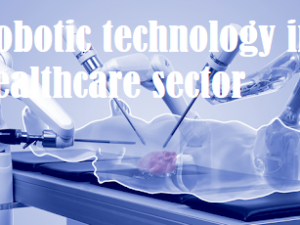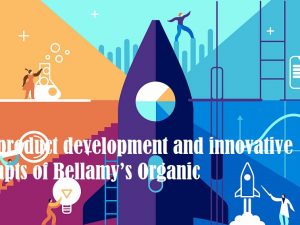Description
Section 1 – Understand innovation in your organisation
- Describe the organisation you are basing this project on.
- Research innovation:
- Choose at least one past and one current innovation theory. Compare and contrast these theories and the associated thinking behind these theories.
- Summarise relevant workplace conditions, including:
- specific conditions that facilitate innovation (e.g. critical thinking).
- specific issues that impact innovative thinking and creativity.
- Analyse at least two potential barriers and two potential risks associated with introducing and maintaining innovation in an organisation
- Describe strategies that may be used to respond to the barriers/risks.
- Summarise at least four techniques and tools that can be used in your organisation to generate ideas and facilitate creative thinking.
- Identify three examples of leadership styles and discuss the impact on innovation, specifically whether the style of innovation encourages or inhibits innovation within an organisation.
- Research, analyse and review the culture of innovation in your organisation. Include:
- An analysis of internal and external environmental culture and trends that shape your organisation’s:
- current thinking and practice regarding innovation.
- future thinking and practice regarding innovation.
- A review of innovation drivers and enablers in your organisation.
- An assessment of the current resources that are available to ensure innovation occurs.
- An analysis of internal and external environmental culture and trends that shape your organisation’s:
- Summarise the requirements necessary to lead innovation in your organisation. Include:
- an assessment of at least three requirements to integrate innovation as a sustainable part of your organisation’s activities.
- a list of at least two ways to:
-
- capture ideas and practices relating to innovation in your organisation.
- communicate with stakeholders relating to innovation (different methods may be appropriate for different stakeholders).
- promote the transfer of relevant innovation knowledge within in your organisation.
- a summary of at least two strategies that may be implemented in your organisation to foster a workplace culture that encourages innovation.
- Review at least two innovative practices, processes, products and/or services that may suit and be implemented in your organisation.
- Conduct a cost/benefit analysis of implementing innovation strategies, practices, processes and systems. Present the information in an appropriate format (e.g. table and/or graph).
Section 2: Lead and support innovation in your organisation
- Assess your personal leadership style
- Develop and apply at least two strategies to make innovation an integral part of your organisation. Complete the table below (you have already identified the strategies in Section 1 of your Project Portfolio).
- Establish at least two processes/systems in your organisation by completing the table below. Your processes/systems must: support innovation (and the strategies you developed in the previous question) confirm an ongoing awareness of individual and team contributions to innovative thinking and practice.
- Plan to communicate with stakeholders by completing the table below. You need to: communicate with at least two stakeholders, use at least two tools to communicate (e.g. email, verbal, social media etc.), provide at least one resource to support your communication (e.g. fact sheet, flowchart etc.)
- Summarise your communication with stakeholder(s)
- Confirm that your organisation values a team approach to communication, consultation and development for innovation.
Section 3: Implement and sustain innovation in your organisation
- Monitor at least one system/process established on Section 2 of your Project Portfolio that confirms an ongoing awareness of individual and team contributions to innovative thinking and practice:
- Plan to generate innovate ideas for your organisation in collaboration with relevant stakeholders by completing the table below. You will meet with at least two stakeholders to:
- Summarise the outcomes of your meeting with relevant stakeholders to generate and evaluate innovate ideas for your organisation.
- Summarise the feedback from stakeholders about their experience of the meeting to generate and evaluate ideas. Summarise the feedback in the table below.
- Complete the table below to identify, evaluate and manage at least two risks associated with the option you selected as part of your stakeholder meeting in the previous question.
- Analyse and reflect on your own innovative performance:
- Make improvements considering the feedback from stakeholders and your own personal analysis:





